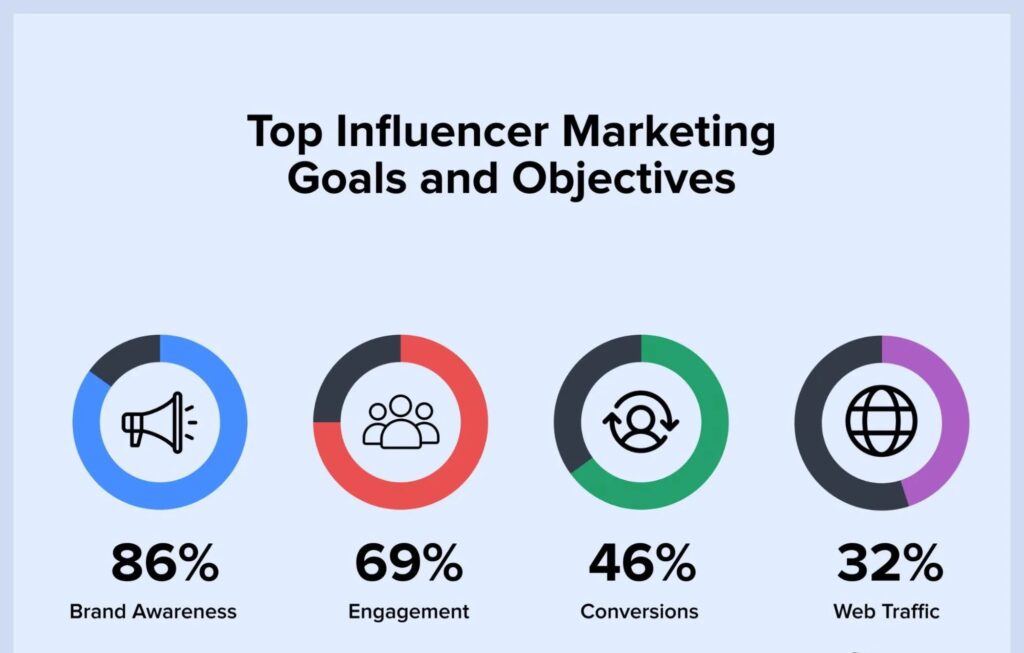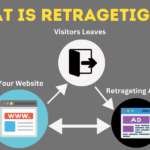Introduction to Influencer Marketing
Influencer marketing has grown to be a potent tactic for companies looking to establish a genuine and lasting connection with their target market. Brands can increase engagement, foster trust, and increase sales by collaborating with the right influencers and taking advantage of their credibility and reach. To guarantee agreement with campaign objectives, audience demographics, and brand values, selecting the appropriate influencers necessitates thorough thought and strategic planning. The main procedures and factors to be taken into account when choosing the ideal influencer partners for your brand will be covered in this article.
Understanding Your Brand and Audience
Knowing your target demographic and business identity well is crucial to selecting the best influencers. Describe the mission, fundamental values, and distinctive selling propositions of your brand. Next, examine the online behavior, interests, and demographics of your audience. With this information, you can find influencers who share your brand’s values and can successfully reach your target audience with your message.

Setting Clear Goals for Your Campaign
Before contacting influencers, make sure your campaign has specific, quantifiable goals. Are you trying to raise sales, create leads, improve website traffic, or raise brand awareness? Establishing clear goals can help you choose the right influencers and gauge the campaign’s effectiveness. It also guarantees that you and the influencer are in agreement over the desired results.

Researching and Identifying Potential Influencers
Find influencers who truly connect with your target audience and share your brand values by conducting in-depth research. To find possible partners, use resources like industry research, influencer marketing platforms, and social media analytics. Seek out influencers who have a devoted audience, genuine material, and strong interaction rates. Examine their prior partnerships to determine their efficacy and dependability.
Evaluating Influencer Authenticity and Engagement
In influencer marketing, engagement and authenticity are essential components. Examine the influencer’s work to make sure it reflects the tone and principles of your company. To determine how actively their audience engages with their postings, look at their engagement rates, which include likes, comments, and shares. Sincere influencers build close relationships with their followers, which may result in more powerful and reliable brand endorsements.
Negotiating and Establishing Partnerships
Send them a customized pitch after you’ve narrowed down your list of possible influencers. Emphasize how the collaboration can benefit both parties and why you think they are a suitable fit for your business. Talk about the campaign’s specifics, such as deadlines, deliverables, and pay. To create an open and cooperative relationship, be willing to compromise and make sure that everyone is aware of what is expected of them.
Measuring and Analyzing Campaign Performance
Once your influencer marketing strategy has begun, keep an eye on its results to gauge its effectiveness. Monitor important data like return on investment (ROI), website traffic, conversions, and engagement rates. Utilize this information to evaluate the partnership’s efficacy and inform future campaign selections. To guarantee continued success in influencer marketing, evaluate and improve your plan on a regular basis.
Conclusion
Selecting the best influencer partners for your company is a deliberate process that includes analyzing your audience and brand, establishing specific objectives, conducting in-depth research, and carefully weighing your options. You may create fruitful collaborations that raise the profile and reputation of your company by emphasizing participation, honesty, and transparent communication. You may improve your approach and succeed in influencer marketing over the long run by routinely tracking and evaluating campaign effectiveness.


